Energy-Recovery Pressure-Reducer in District Heating System
Abstract
:1. Introduction
2. Pressure-Reduction System with Energy Recovery
2.1. Energy Potential
2.2. Topology of Substation with ERPR
2.3. ERPR Unit
3. ERPR Prototype and Steady-State Characteristics
4. Operation Features
4.1. ERPR Impact Analysis
4.2. Operation Analysis during Annual Heating Season
5. Conclusions
Author Contributions
Funding
Conflicts of Interest
Abbreviations
| DHS | district heating system |
| DPC-SVM | direct power control with space vector modulation |
| ER | electrical regulation |
| ERPR | energy-recovery pressure-reducer |
| FFT | fast Fourier transform |
| MHP | micro-hydropower plant |
| PAT | pump as turbine |
| PEU | power electronic unit |
| PMSG | permanent magnet synchronous generator |
| PRV | pressure reducing valve |
| PWM | pulse width modulation |
| RMS | root mean square |
| THD | total harmonic distortion |
| WSS | water supply system |
Appendix A
| Three-Stage Vertical PAT in Turbine Mode: |
| Max power: Pt_max = 3 kW Max torque: Tt_max = 12 Nm Reduced pressure range: ∆p = 0.20–0.75 MPa Water head: H = 21–80 m Water flow range: Q = 0.004–0.007 m3/s Specific turbine speed: ns = 11 rpm kW1/2 m−4/3 Rotor material: brass |
| PMSG: |
| Apparent power: Sg = 5.5 kVA Voltage: Ug = 360 V Speed: ng = 3000 rpm Current: Ig = 8.8 A Efficiency: ηg = 93% Frequency: fg = 50 Hz |
| PEU: |
| Active power: PP = 5.5 kW Input voltage range: UP_in = 40–460 VAC Max input current: IP_in = 12 A Input frequency range: IP_in = 5–100 Hz Max DC voltage: UP_dc = 710 V Switching frequency: fs = 5 kHz |
References
- European Small Hydropower Association: ‘Energy Recovery in Existing Infrastructures with Small Hydropower Plants’. 2010. Available online: http://www.esha.be (accessed on 8 January 2013).
- McNabola, A.; Coughlan, P.; Williams, A.P. Energy recovery in the water industry: An assessment of the potential of micro hydropower. Water Environ. J. 2014, 28, 294–304. [Google Scholar] [CrossRef]
- Gallagher, J.; Harris, I.M.; Packwood, A.J.; McNabola, A.; Williams, A.P. Strategic assessment of energy recovery sites in the water industry for UK and Ireland: Setting technical and economic constraints through spatial mapping. Renew. Energy 2015, 81, 808–815. [Google Scholar] [CrossRef]
- Kroposki, B.; Pink, C.; DeBlasio, R.; Thomas, H.; Simões, M.; Sen, P.K. Benefits of Power Electronic Interfaces for Distributed Energy Systems. IEEE Trans. Energy Convers. 2010, 25, 901–908. [Google Scholar] [CrossRef] [Green Version]
- Vicente, D.J.; Garrote, L.; Sánchez, R.; Santillán, D. Pressure management in water distribution systems: Current status, proposals, and future trends. J. Water Resour. Plan. Manag. 2016, 142, 1–13. [Google Scholar] [CrossRef]
- Pérez-Sánchez, M.; Sánchez-Romero, F.J.; Ramos, H.M.; López-Jiménez, P.A. Energy recovery in existing water networks: Towards greater sustainability. Water 2017, 9, 97. [Google Scholar] [CrossRef]
- Corcoran, L.; McNabola, A.; Coughlan, P. Optimization of Water Distribution Networks for Combined Hydropower Energy Recovery and Leakage Reduction. J. Water Resour. Plan. Manag. 2015, 142. [Google Scholar] [CrossRef]
- Fontana, N.; Giugni, M.; Portolano, D. Losses reduction and energy production in water-distribution networks. J. Water Resour. Plan. Manag. 2012, 138, 237–244. [Google Scholar] [CrossRef]
- Samora, I.; Manso, P.; Franca, M.J.; Schleiss, A.J.; Ramos, H.M. Energy Recovery Using Micro-Hydropower Technology in Water Supply Systems: The Case Study of the City of Fribourg. Water 2016, 8, 344. [Google Scholar] [CrossRef]
- Samora, I.; Manso, P.; Franca, M.J.; Schleiss, A.J.; Ramos, H.M. Opportunity and economic feasibility of inline micro-hydropower units in water supply networks. J. Water Resour. Plan. Manag. 2016, 142. [Google Scholar] [CrossRef]
- Chen, J.; Yang, H.X.; Liu, C.P.; Lau, C.H.; Lo, M. A Novel Vertical Axis Water Turbine for Power Generation from Water Pipelines. Energy 2013, 54, 184–193. [Google Scholar] [CrossRef]
- Samora, I.; Hasmatuchi, V.; Münch-Alligné, C.; Franca, M.J.; Schleiss, A.J.; Ramos, H.M. Experimental characterization of a five blade tubular propeller turbine for pipe inline installation. Renew. Energy 2016, 95, 356–366. [Google Scholar] [CrossRef]
- Williams, A. Pumps as Turbines—User’s Guide; Russel Pres LTD: London, UK, 1997. [Google Scholar]
- Ramos, H.; Borga, A. Pumps as turbines: An unconventional solution to energy production. Urban Water 1999, 1, 261–263. [Google Scholar] [CrossRef]
- Carravetta, A.; Houreh, S.D.; Ramos, H.M. Pumps as Turbines: Fundamentals and Applications; Springer: Berlin, Germany, 2017. [Google Scholar]
- Jain, S.; Swarnkar, A.; Motwani, K.; Patel, R. Effects of impeller diameter and rotational speed on performance of pump running in turbine mode. Energy Convers. Manag. 2015, 89, 808–824. [Google Scholar] [CrossRef]
- Barbarelli, S.; Amelio, M.; Florio, G. Experimental activity at test rig validating correlations to select pumps running as turbines in microhydro plants. Energy Convers. Manag. 2017, 149, 781–797. [Google Scholar] [CrossRef]
- Carravetta, A.; Del Giudice, G.; Fecarotta, O.; Ramos, H.M. Energy Production in Water Distribution Networks: A PAT Design Strategy. Water Resour. Manag. 2012, 26, 3947–3959. [Google Scholar] [CrossRef]
- Carravetta, A.; Del Giudice, G.; Fecarotta, O.; Ramos, H.M. Pump as Turbine (PAT) Design in Water Distribution Network by System Effectiveness. Water 2013, 5, 1211–1225. [Google Scholar] [CrossRef] [Green Version]
- Carravetta, A.; del Giudice, G.; Fecarotta, O.; Ramos, H.M. PAT design strategy for energy recovery in water distribution networks by electrical regulation. Energies 2013, 6, 411–424. [Google Scholar] [CrossRef]
- Borkowski, D.; Węgiel, T. Analysis of energy recovery from surplus water pressure of municipal heat distribution network. In Proceedings of the 2nd International Conference SEED, Cracow, Poland, 14–17 November 2016. [Google Scholar]
- Węgiel, T.; Borkowski, D.; Sułowicz, M.; Liszka, D. Electrical Energy Recovery from Network Water Pressure. In Proceedings of the 12th Conference on Selected Problems of Electrical Engineering and Electronics, Kielce, Poland, 17–19 September 2015; pp. 55–60. [Google Scholar]
- Fraile-Ardanuy, J.; Wilhelmi, J.R.; Fraile-Mora, J.J.; Pérez, J.I. Variable-Speed Hydro Generation: Operational Aspects and Control. IEEE Trans. Energy Convers. 2006, 21, 569–573. [Google Scholar] [CrossRef]
- Fecarotta, O.; Carravetta, A.; Ramos, H.M.; Martino, R. An improved affinity model to enhance variable operating strategy for pumps used as turbines. J. Hydrol. Res. 2016, 54, 332–341. [Google Scholar] [CrossRef]
- Lauenburg, P.; Johansson, P.O.; Wollerstrand, J. District heating in case of power failure. Appl. Energy 2010, 87, 1176–1186. [Google Scholar] [CrossRef]
- Derakhshan, S.; Nourbakhsh, A. Experimental Study of Characteristic Curves of Centrifugal Pumps Working As Turbines in Different Specific Speeds. Exp. Therm. Fluid Sci. 2008, 32, 800–807. [Google Scholar] [CrossRef]
- Derakhshan, S.; Kasaeian, N. Optimization, Numerical and Experimental Study of a Propeller Pump as Turbine. J. Energy Resour. 2014, 136, 1–11. [Google Scholar] [CrossRef]
- Yang, G.S.; Derakhshan, S.; Kong, F. Theoretical, Numerical and Experimental Prediction of Pump as Turbine Performance. Renew. Energy 2012, 48, 507–513. [Google Scholar] [CrossRef]
- Derakhshan, S.; Nourbakhsh, A. Theoretical, Numerical and Experimental Investigation of Centrifugal Pumps in Reverse Operation. Exp. Therm. Fluid Sci. 2008, 32, 1620–1627. [Google Scholar] [CrossRef]
- Blaabjerg, F.; Chen, Z.; Kjaer, S.B. Power Electronics as Efficient Interface in Dispersed Power Generation Systems. IEEE Trans. Power Electron. 2004, 19, 1184–1194. [Google Scholar] [CrossRef]
- Kaźmierkowski, M.; Krishnan, M.; Blaabjerg; Irwin, F.J. Control in Power Electronics; Academic Press: Cambridge, MA, USA, 2003; ISBN 0-12-402772-5. [Google Scholar]
- Malinowski, M.; Jasinski, M.; Kazmierkowski, M.P. Simple Direct Power Control of Three-Phase PWM Rectifier Using Space-Vector Modulation (DPC-SVM). IEEE Trans. Ind. Electron. 2004, 51, 447–454. [Google Scholar] [CrossRef]
- Borkowski, D.; Węgiel, T. Small hydropower plant with integrated turbine-generators working at variable speed. IEEE Trans. Energy Convers. 2013, 28, 452–459. [Google Scholar] [CrossRef]
- Borkowski, D. Average-value model of energy conversion system consisting of PMSG, diode bridge rectifier and DPC-SVM controlled inverter. In Proceedings of the International Symposium on Electrical Machines (SME), Naleczow, Poland, 18–21 June 2017; pp. 1–6. [Google Scholar] [CrossRef]
- ISO Standard 9906:2018. Rotodynamic Pumps—Hydraulic Performance Acceptance Tests—Grades 1, 2 and 3; AI Global Limited: Sydney, Australia, 2018. [Google Scholar]
- EN Standard 50160:11-1999. Voltage Characteristics of Electricity Supplied by Public Distribution Systems; ORGALIME: Brussels, Belgium, 2003. [Google Scholar]
- ISO 10816-1:1995+A1:2009. Mechanical Vibration—Evaluation of Machine Vibration by Measurement of on non-Rotating Parts—Part 1: General Guidelines; British Standards Institution (BSI): London, UK, 1995. [Google Scholar]
- ISO Standard 11201:2010. Acoustics—Noise Emitted by Machinery and Equipment—Determination of Emission Sound Pressure Levels at a Work Station and at Other Specified Positions in an Essentially Free Field over a Reflecting Plane with Negligible Environmental Corrections; British Standards Institution (BSI): London, UK, 2010. [Google Scholar]
- Directive 2000/14/EC of The European Parliament and of the Council of 8 May 2000 on the Approximation of the Laws of the Member States Relating to the Noise Emission in the Environment by Equipment for Use Outdoors. Available online: https://eur-lex.europa.eu (accessed on 13 June 2018).
- ISO Standard 1999:2013. Preview Acoustics—Estimation of Noise-Induced Hearing Loss; BSI: London, UK, 2013. [Google Scholar]
- Johansson, P.; Wollerstrand, J. Kavitation i Styrventiler—Laboratorieundersökning; Report 2009:45; Swedish District Heating Association: Uppsala, Sweden, 2009. [Google Scholar]
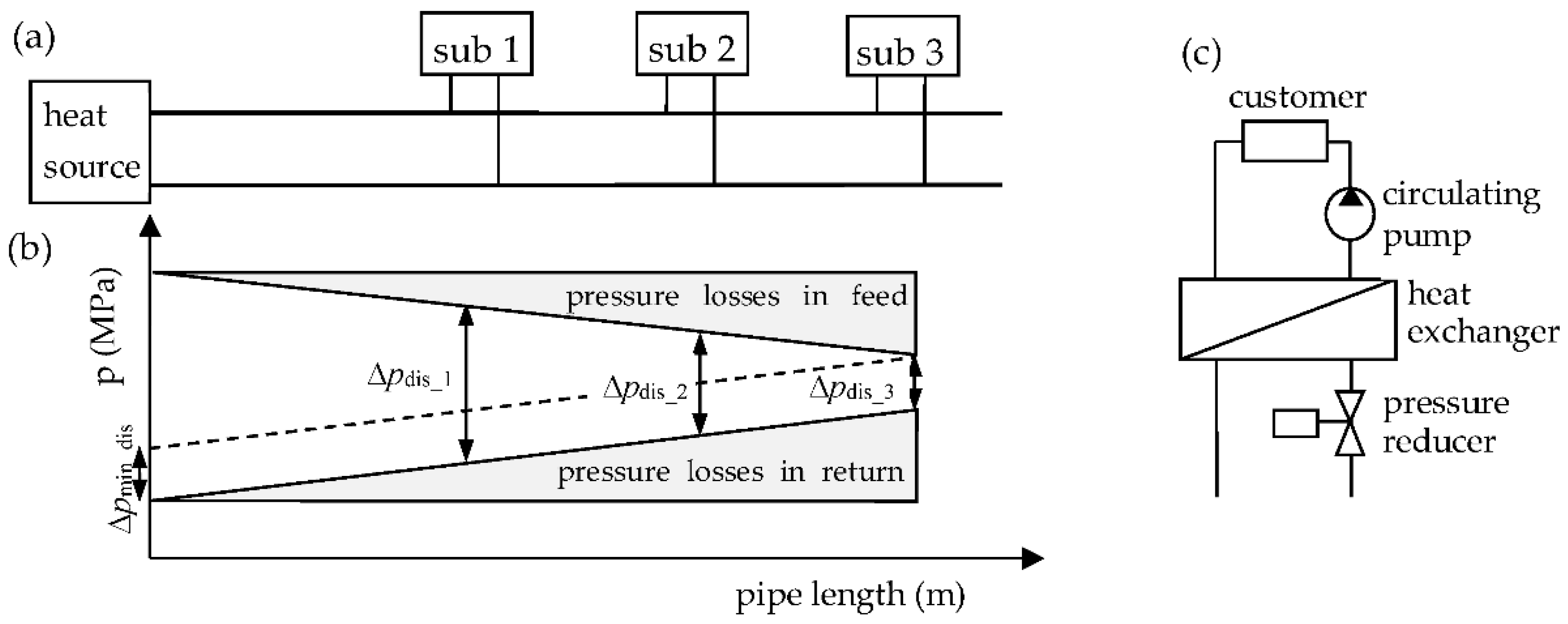

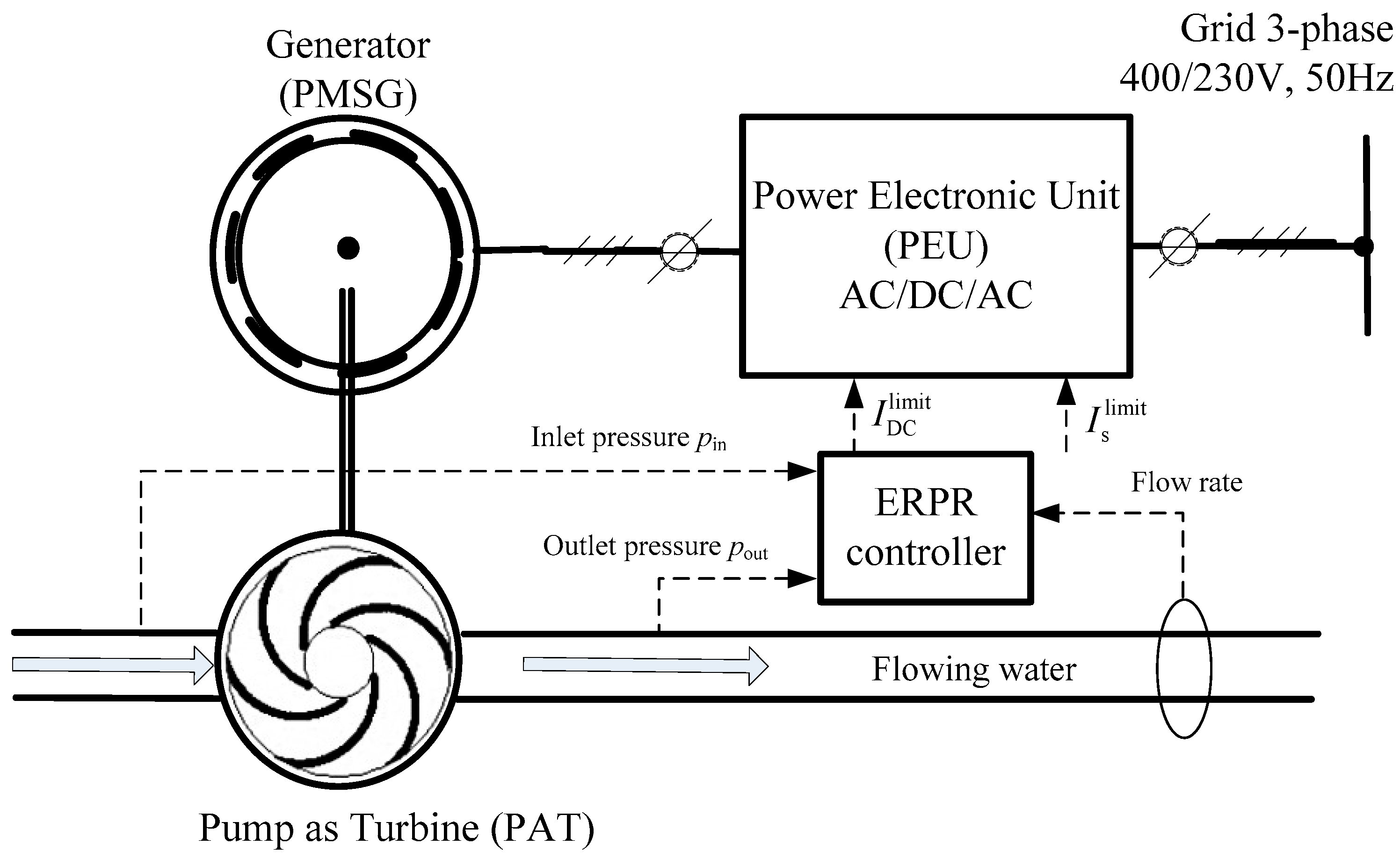
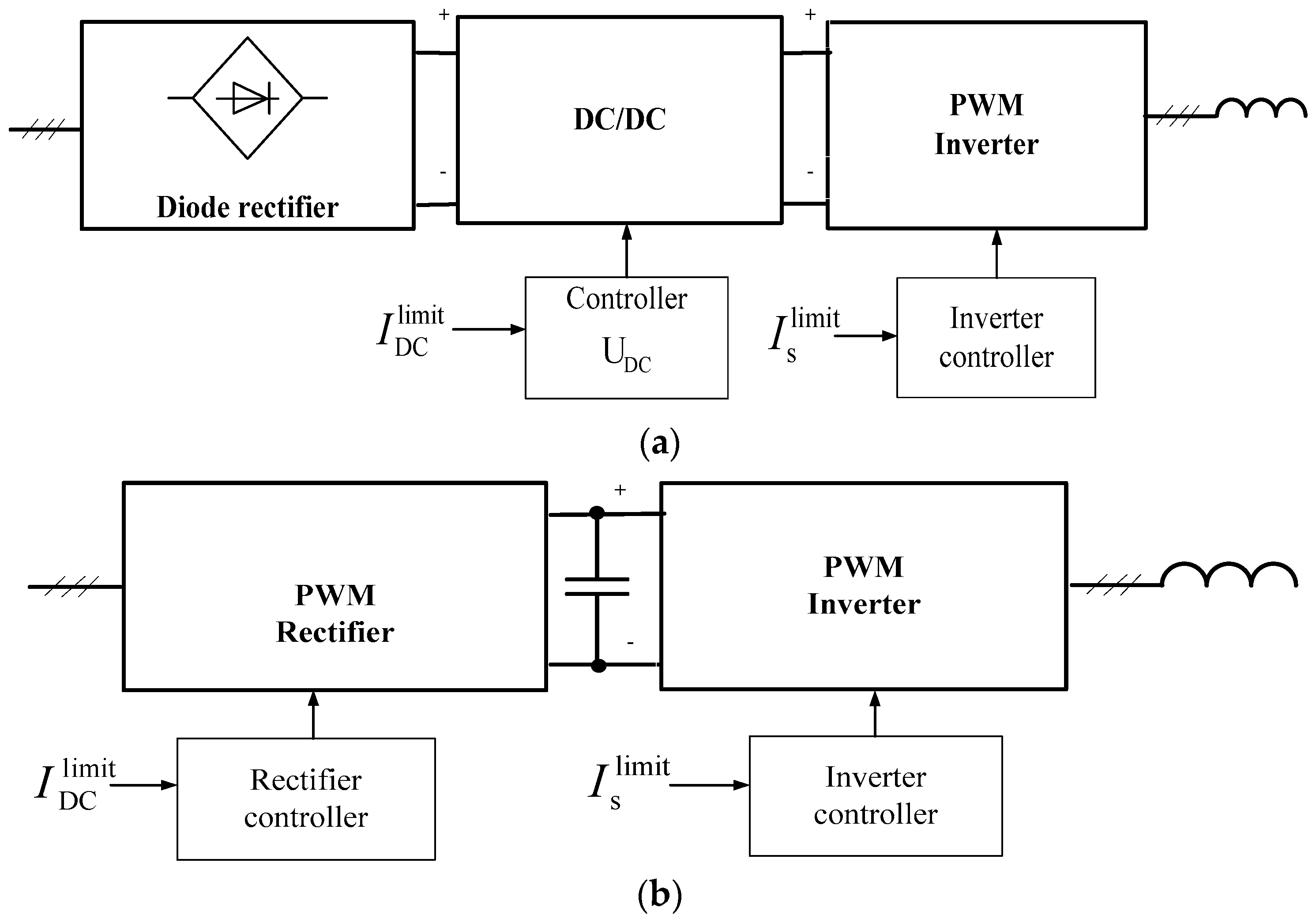


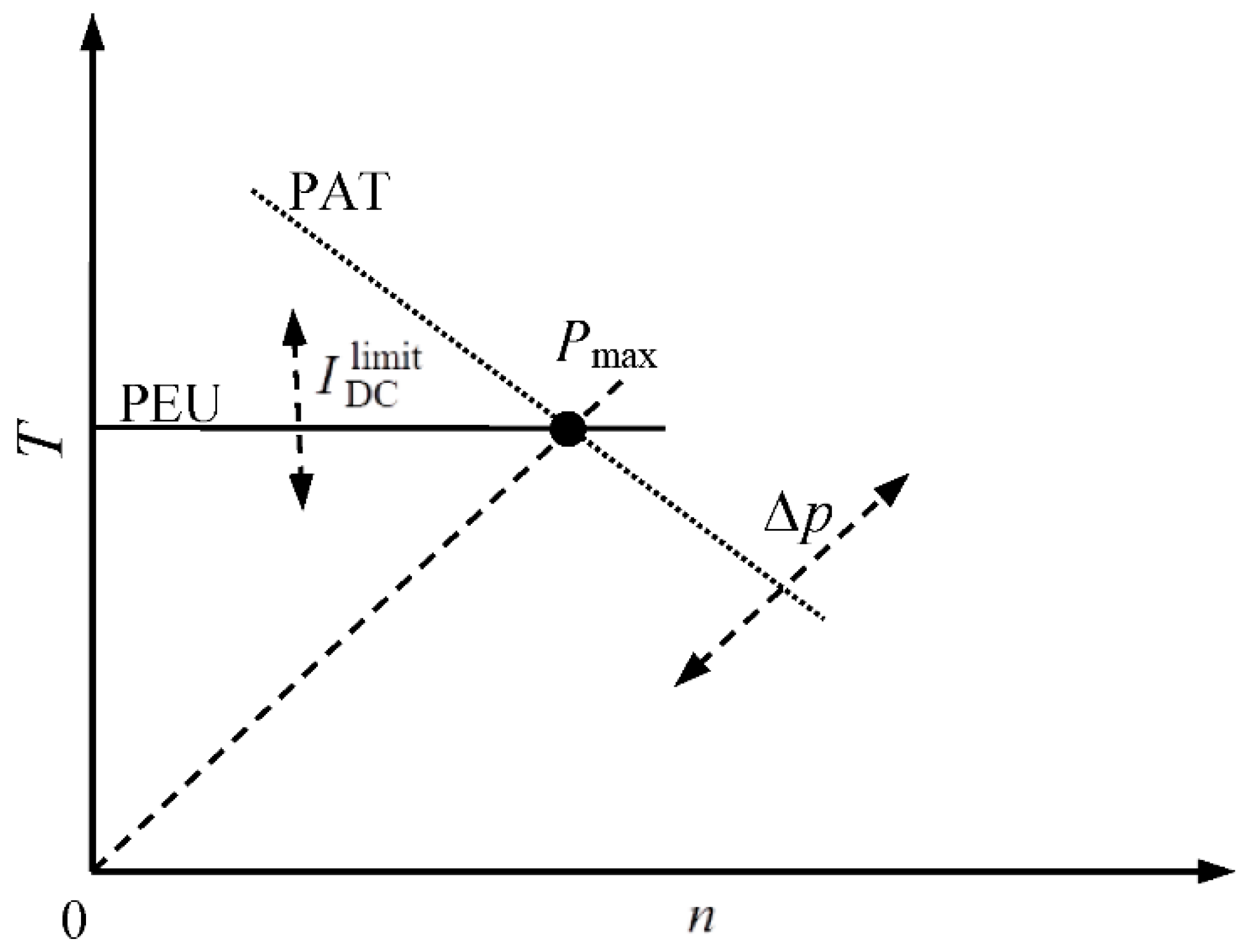
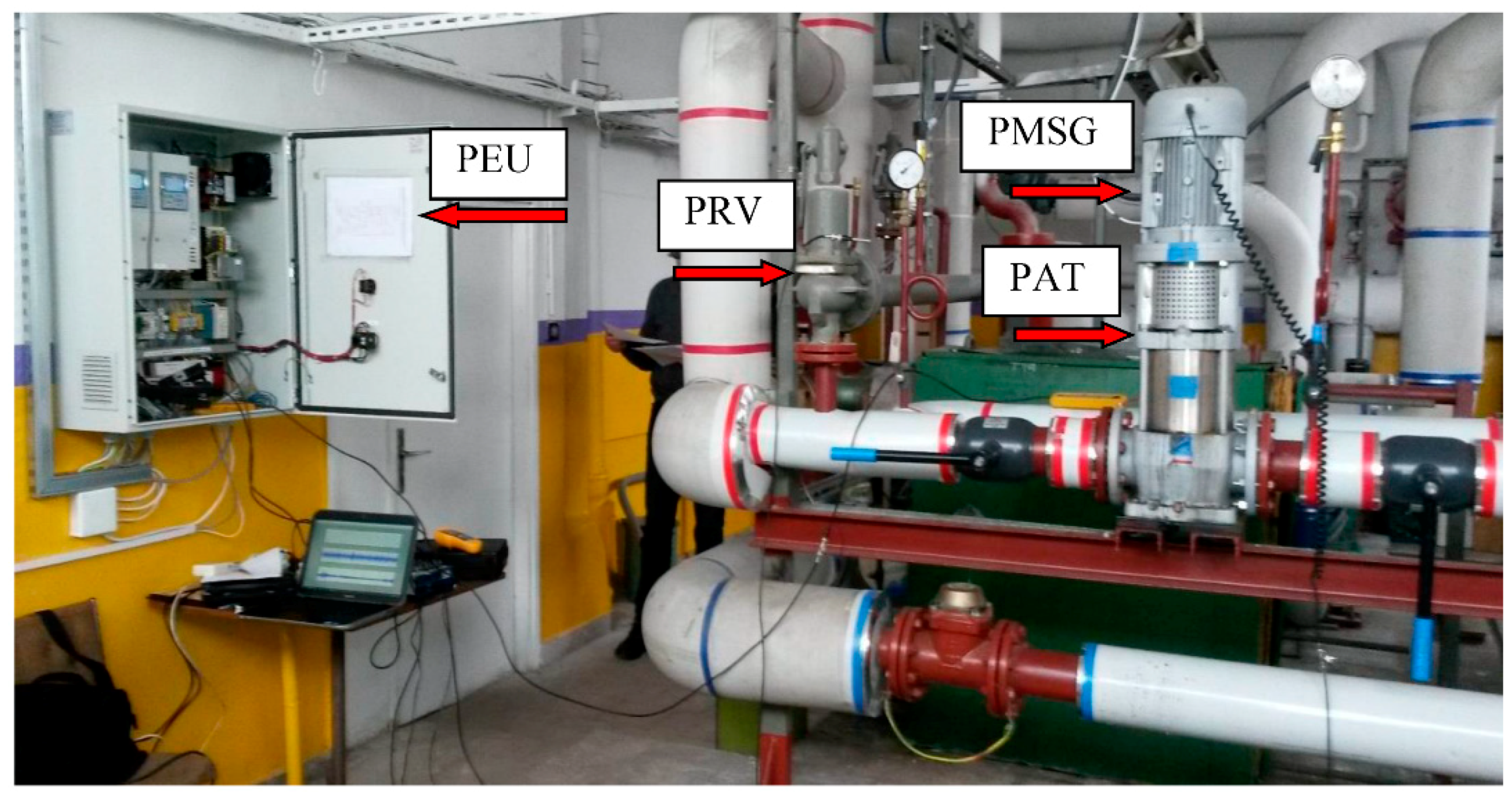
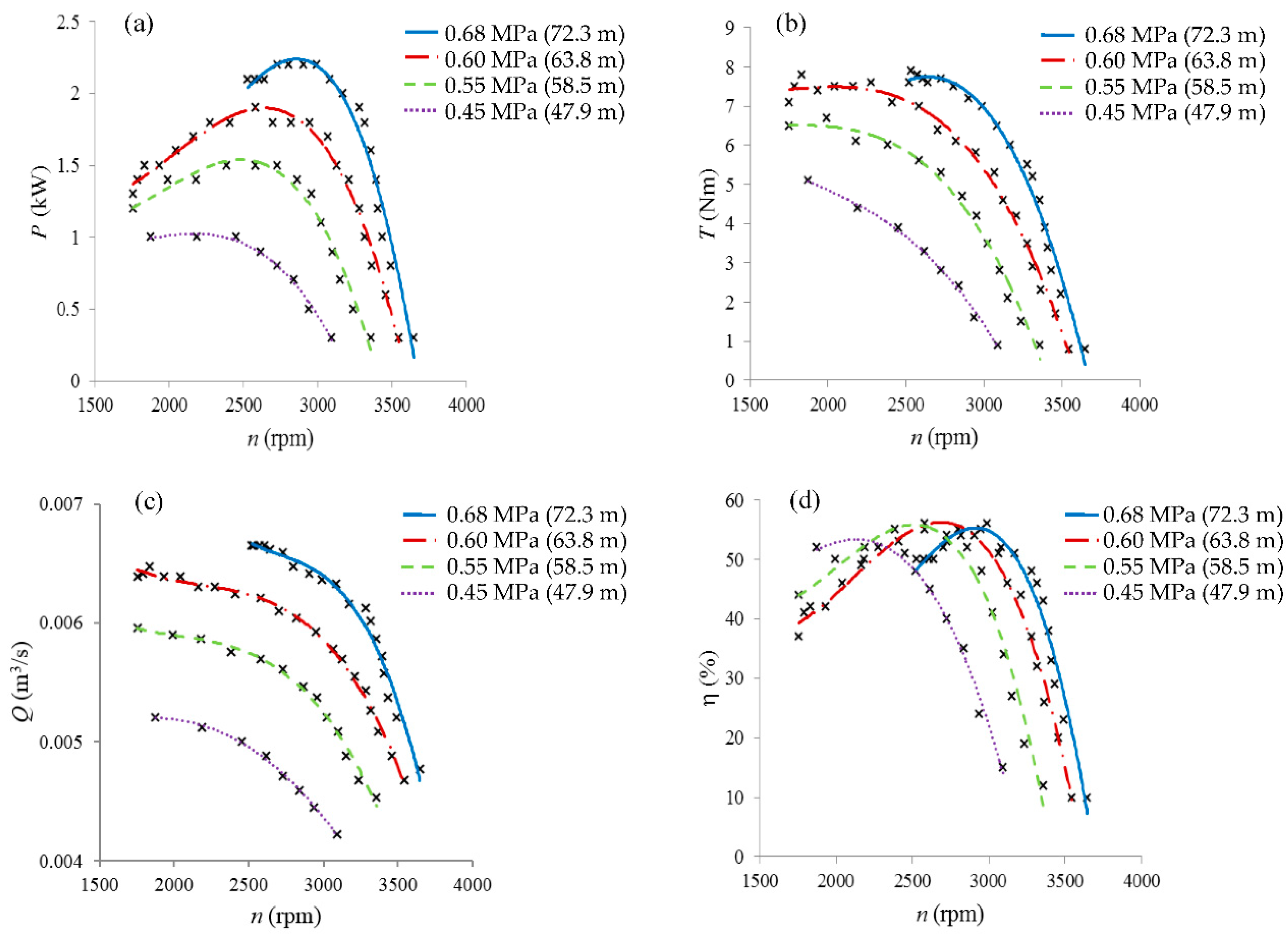
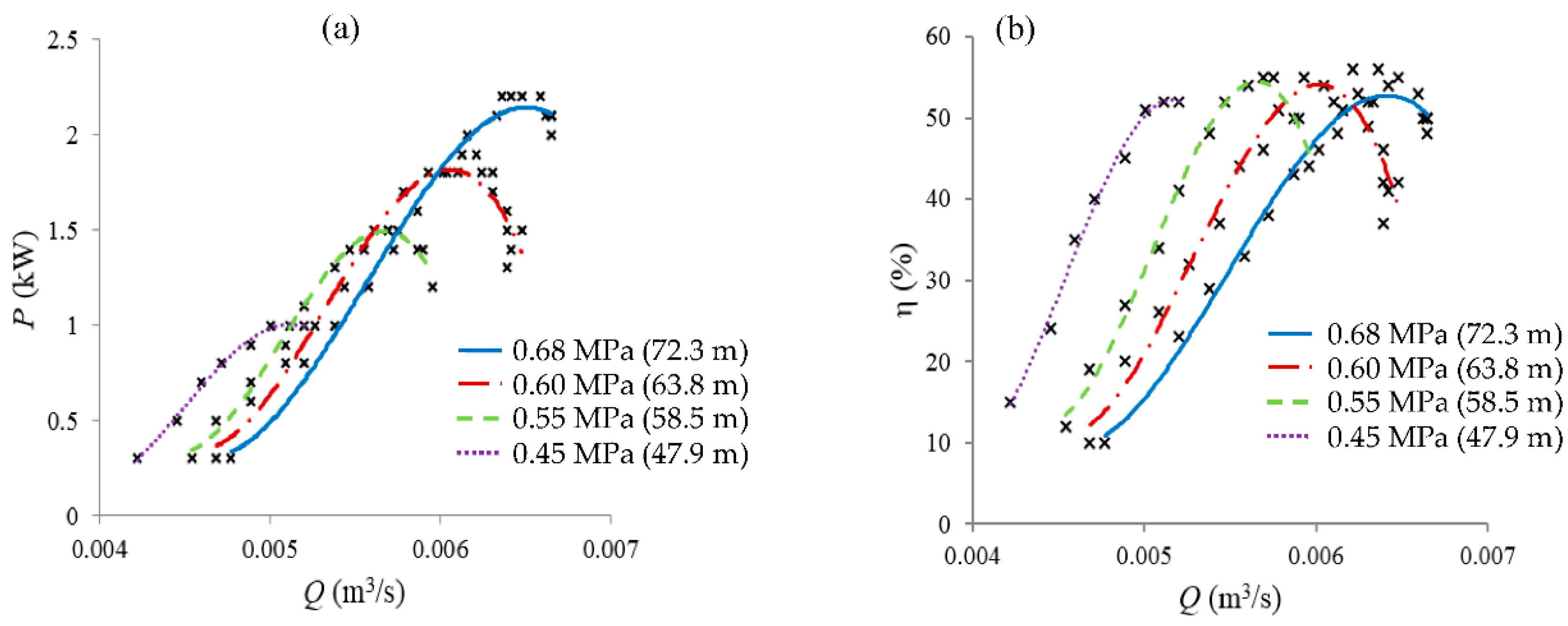
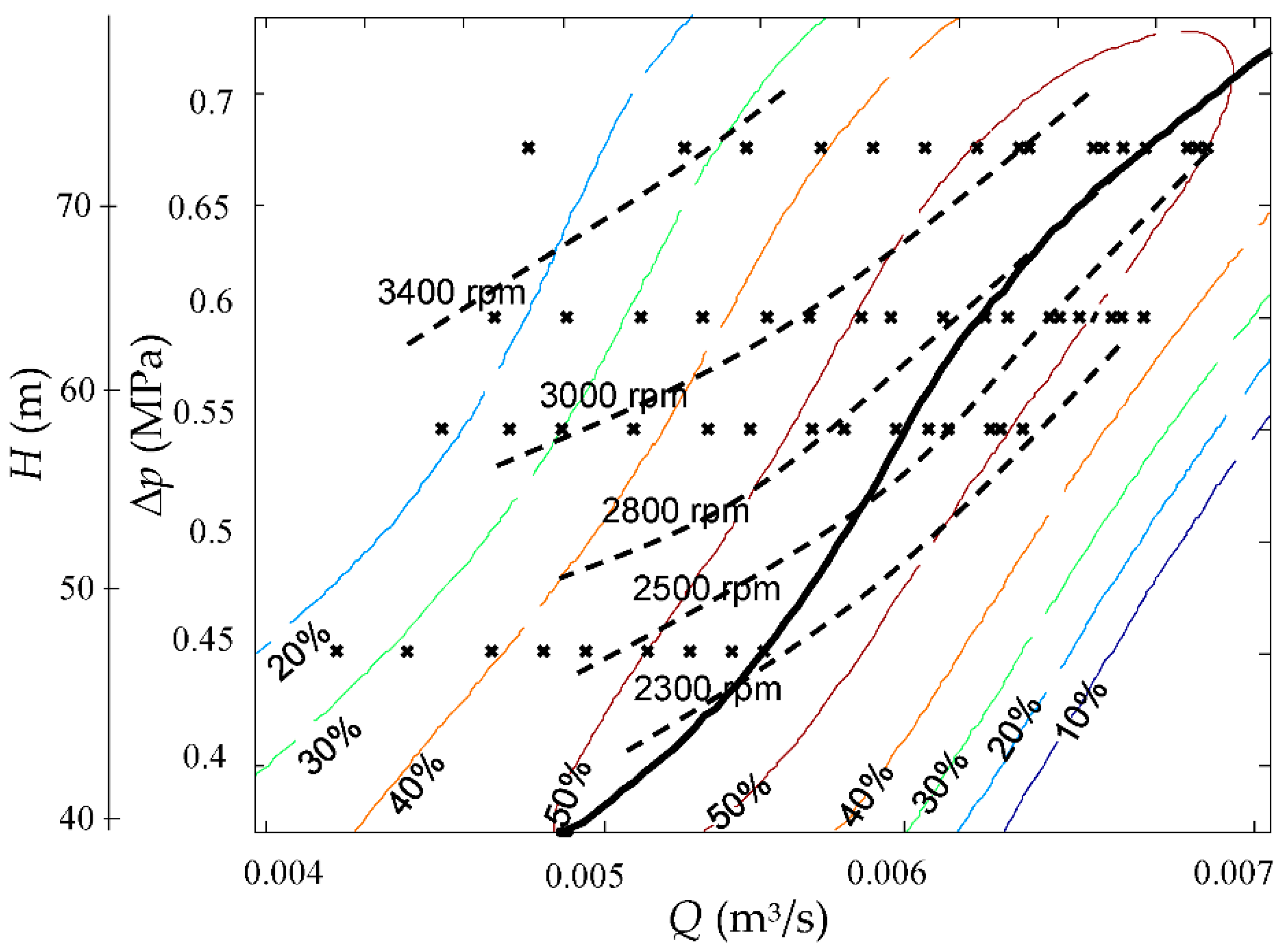
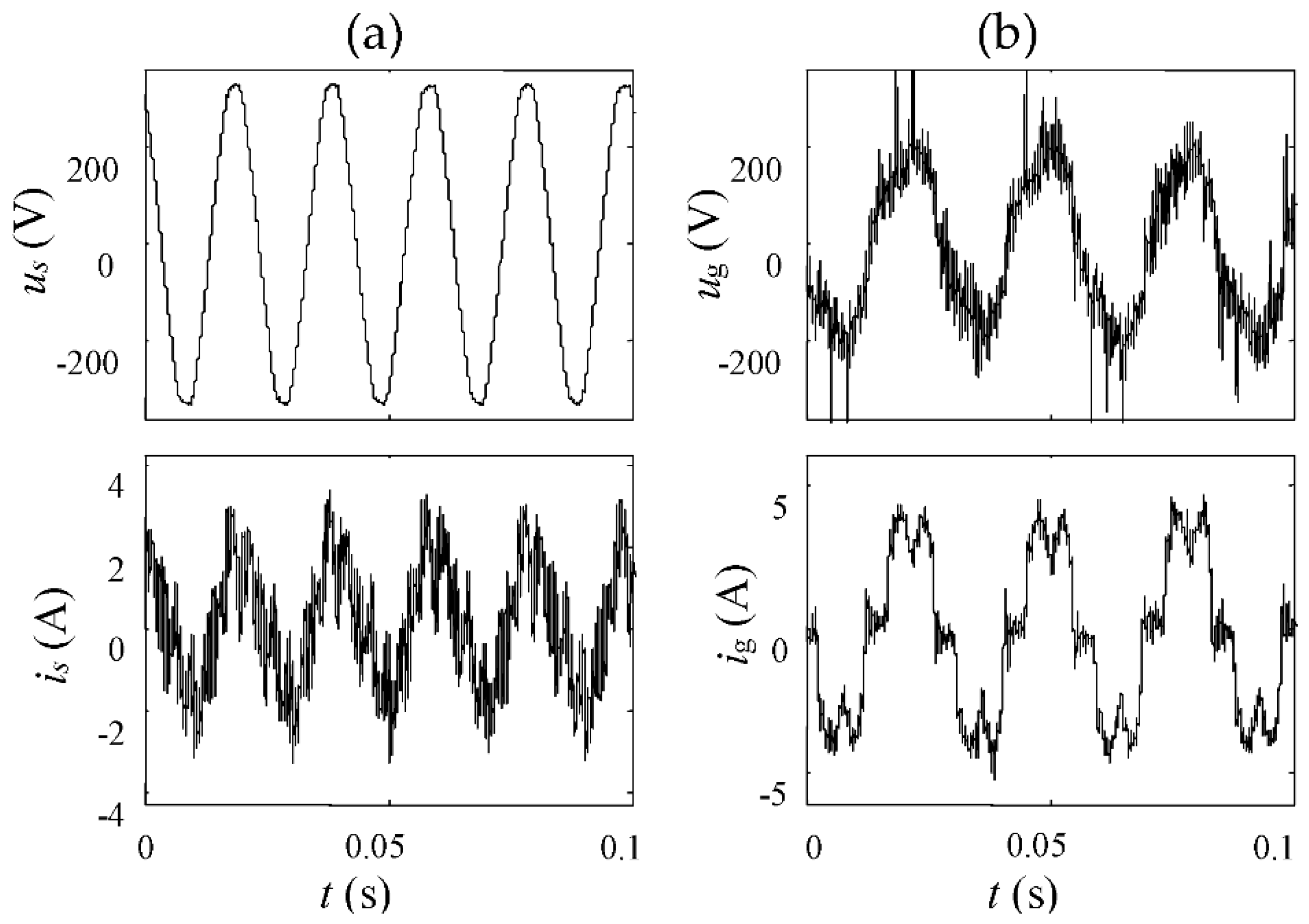
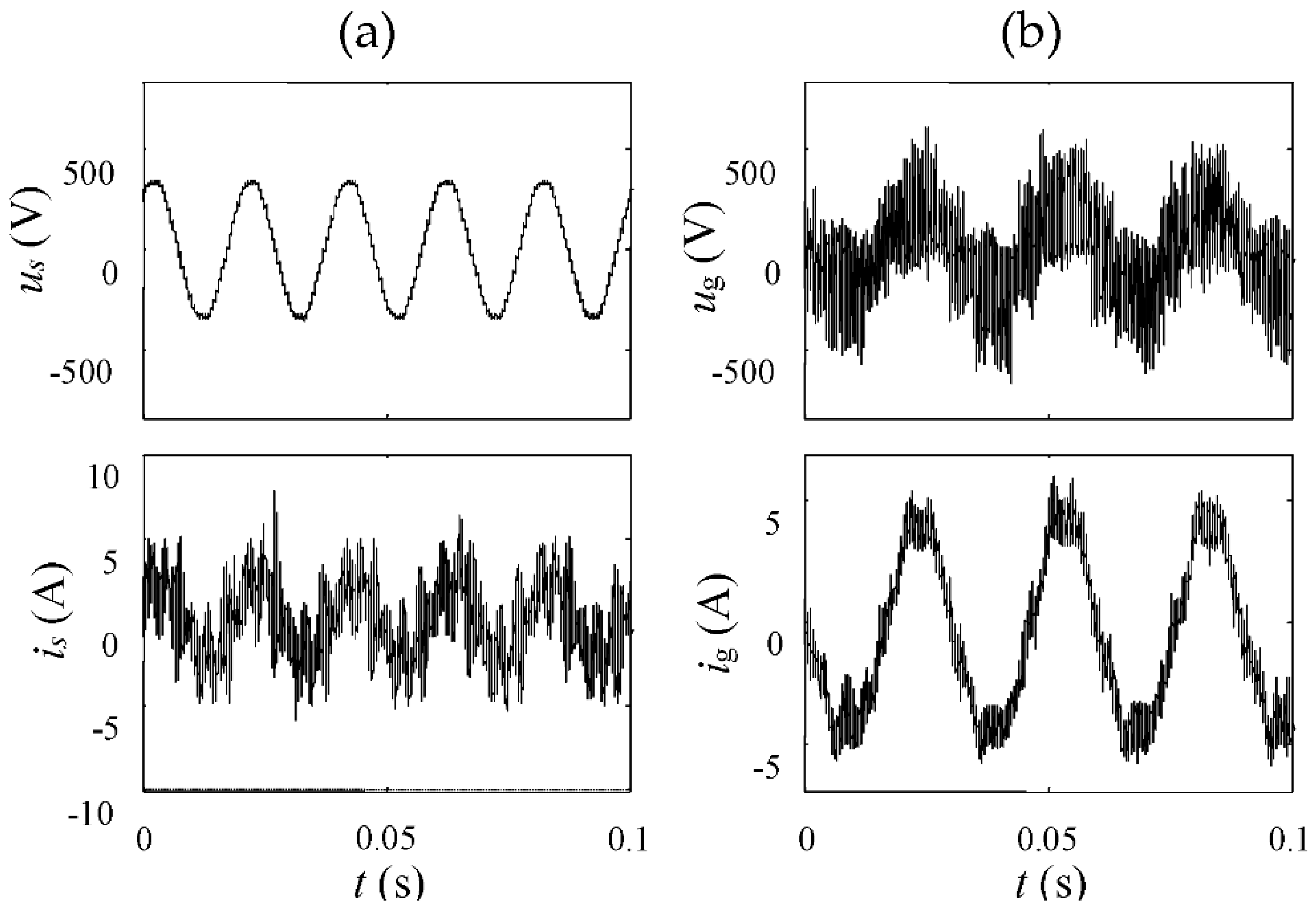


© 2018 by the authors. Licensee MDPI, Basel, Switzerland. This article is an open access article distributed under the terms and conditions of the Creative Commons Attribution (CC BY) license (http://creativecommons.org/licenses/by/4.0/).
Share and Cite
Borkowski, D.; Węgiel, T. Energy-Recovery Pressure-Reducer in District Heating System. Water 2018, 10, 787. https://doi.org/10.3390/w10060787
Borkowski D, Węgiel T. Energy-Recovery Pressure-Reducer in District Heating System. Water. 2018; 10(6):787. https://doi.org/10.3390/w10060787
Chicago/Turabian StyleBorkowski, Dariusz, and Tomasz Węgiel. 2018. "Energy-Recovery Pressure-Reducer in District Heating System" Water 10, no. 6: 787. https://doi.org/10.3390/w10060787






